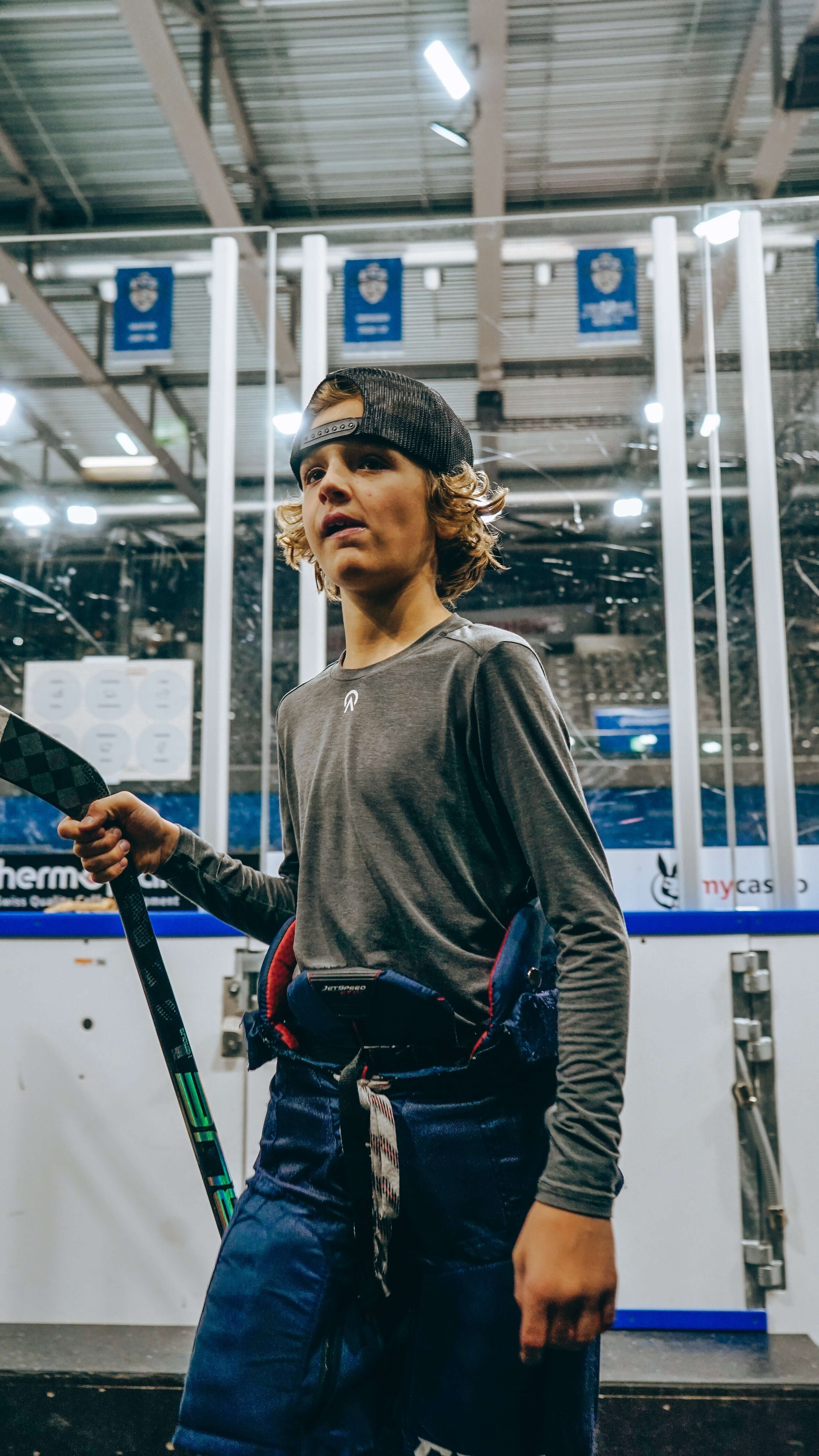Adapting Strategies: How Coaches and Teams Adjust Tactics to Counter Opponents' Strengths and Exploit Weaknesses
In the dynamic and competitive world of ice hockey, success often hinges on a team's ability to adapt and evolve its strategies in response to the ever-changing landscape of the game.
Coaches and teams must be adept at identifying opponents' strengths and weaknesses, adjusting tactics on the fly, and capitalizing on opportunities to gain a competitive edge. In this blog post, we'll explore the art of adapting strategies in ice hockey, examining how coaches and teams analyze opponents, make tactical adjustments, and exploit weaknesses to achieve victory on the ice.
1. Scouting and Analysis:
The first step in adapting strategies is thorough scouting and analysis of opponents. Coaches and teams study game footage, analyze statistics, and identify patterns in opponents' play to gain insights into their strengths, weaknesses, and tendencies. By understanding opponents' playing styles, systems, and key players, coaches can develop targeted strategies to neutralize threats and exploit vulnerabilities.
2. Tactical Adjustments:
Once opponents' strengths and weaknesses have been identified, coaches must devise tactical adjustments to counter their opponents' strengths and exploit their weaknesses. This may involve changing line combinations, defensive pairings, or offensive strategies to capitalize on mismatches and create scoring opportunities. Tactical adjustments may also include tweaking special teams strategies, such as power play or penalty kill systems, to take advantage of opponents' tendencies and defensive vulnerabilities.
3. In-Game Adaptation:
Adapting strategies is not just about pre-game preparation; it's also about making real-time adjustments during the game. Coaches must be observant and responsive to the flow of the game, recognizing when opponents' tactics are effective and when adjustments need to be made. This may involve calling timeouts, changing game plans on the fly, or adjusting line matchups to gain a strategic advantage and shift momentum in their team's favor.
4. Exploiting Weaknesses:
Identifying and exploiting opponents' weaknesses is a key component of adapting strategies in ice hockey. Coaches and teams may target specific areas of weakness, such as defensive breakdowns, goaltender weaknesses, or penalty-prone players, to create scoring opportunities and tilt the game in their favor. By capitalizing on opponents' vulnerabilities, teams can gain a decisive advantage and secure victory on the ice.
5. Mental Agility and Flexibility:
Adapting strategies in ice hockey requires mental agility and flexibility from both coaches and players. Coaches must be open to new ideas, willing to experiment with different tactics, and able to make quick decisions under pressure. Players must be adaptable, receptive to coaching feedback, and capable of executing strategic adjustments on the fly. By fostering a culture of adaptability and flexibility, teams can stay one step ahead of opponents and achieve success on the ice.
Conclusion:
In ice hockey, adapting strategies is a fundamental aspect of achieving success in a dynamic and competitive environment. By scouting opponents, making tactical adjustments, exploiting weaknesses, and demonstrating mental agility and flexibility, coaches and teams can gain a strategic advantage and secure victory on the ice. The ability to adapt and evolve strategies in response to opponents' strengths and weaknesses is a hallmark of championship-caliber teams, and it's essential for achieving sustained success in the game of ice hockey.
























